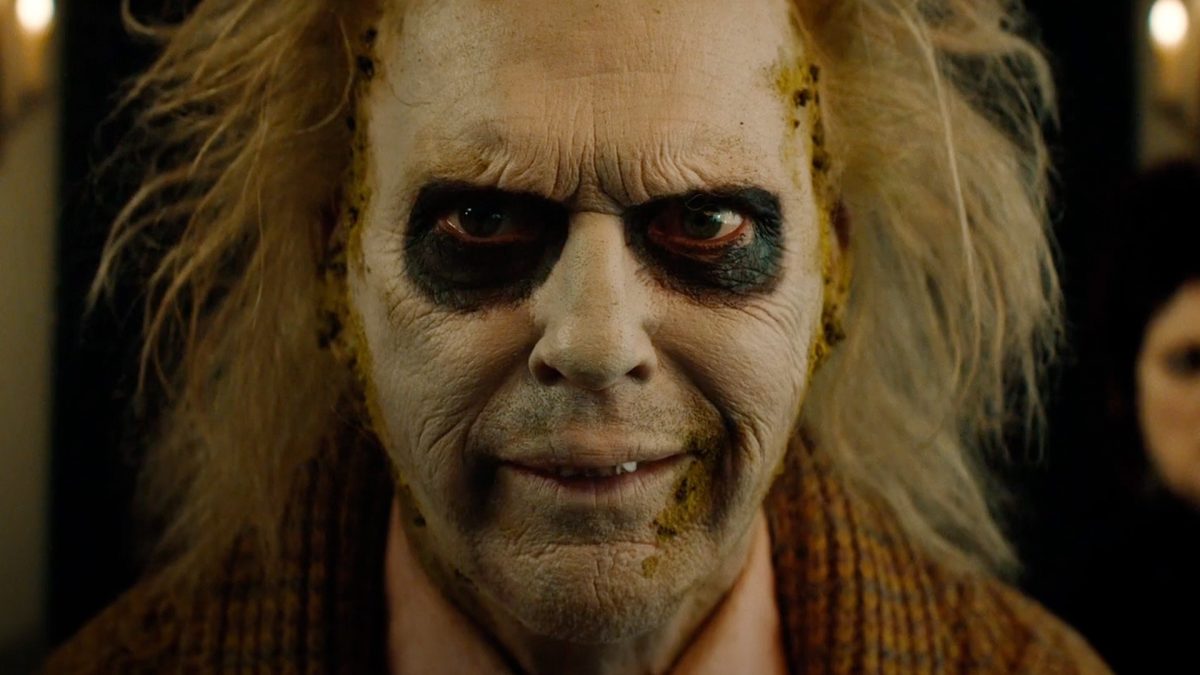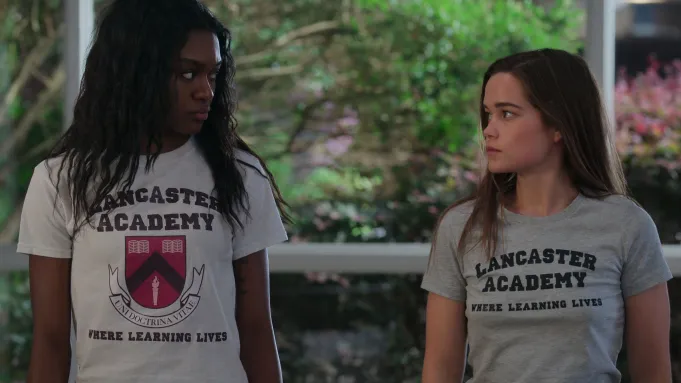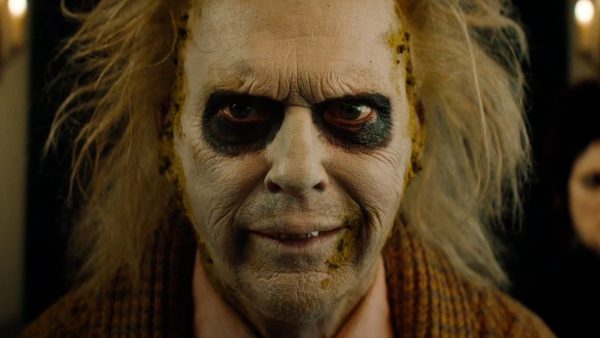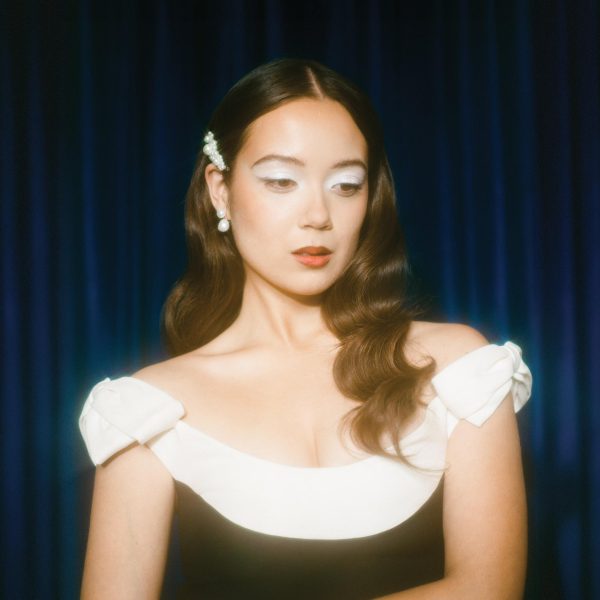‘First Kill’ is the ‘Buffy the Vampire Slayer’ reboot we never knew we needed
Netflix’s lesbian vampire drama unofficially reboots Joss Whedon’s cult classic series
Thirty years ago, the world was introduced to Buffy Summers in 1992’s “Buffy the Vampire Slayer”. Played by Kristy Swanson, Buffy was characterized a as “cheerleader by day, slayer by night”. Creator Joss Whedon famously was not happy with the end product so five years later, he made a reboot/sequel series of the same name, but with Sarah Michelle Gellar in the titular role, starring alongside Alyson Hannigan, Anthony Stewart Head, and Nicolas Brendon. This series quickly became widely popular and in later years a cult classic, even having an entire subsection of pop culture studies focused solely on the series’ impact in the years after its finale. In mid-2018, news of a reboot was announced, along with Whedon’s involvement in the new series. Yet, just this past month, news broke that development for the reboot was on pause indefinitely. While there is always skepticism and nervousness around reboots of popular properties, we may already have a sort-of reboot in Netflix’s 2022 original series, “First Kill”
“First Kill” stars Sarah Catherine Hook and Imani Lewis as Juliette and Calliope respectively, two lesbian high schoolers who fall in love and later learn that their families are natural enemies. Juliette is a vampire who is descended from a long line of Legacy vampires and Calliope’s family is a part of an organization of monster hunters whose targets include vampires. Immediately, this show resonated closely with lesbians, the queer community at large, and especially people of color, for its accurate portrayal of lesbian relationships and families of color without resorting to common stereotypes. The relationship between Calliope and Juliette is not included to be fetishized by male viewers. It is solely to provide representation to a group that does not have a priority when it comes to media. Like Buffy Summers, Calliope is a teenage slayer, with an uncommon name, who even though has a traditionally male role in her society, she still unapologetically presents herself as feminine, something that was unusual when “Buffy” premiered, but has become more and more common.
Right off the bat, there are many parallels between the two shows. Firstly, it is a show that borrows elements from William Shakespeare’s tragedy “Romeo and Juliet” with the main vampire and vampire slayer couple dynamic. In “First Kill”, this is the relationship between Juliette and Calliope. In “Buffy the Vampire Slayer” seasons one to three, it is Buffy’s relationship with Angel, a vampire who was cursed to have his soul back by a Romani tribe, and in season six and seven, Buffy is with Spike, a former antagonist who during season four, became an anti-hero and reluctantly joined Buffy and her friends.
In “Buffy the Vampire Slayer”, even before Willow (Alyson Hannigan) comes out to Buffy in season four, episode nineteen, “New Moon Rising”, the show had many not-so-subtle allusions to the queer community. When Joyce Summers, Buffy’s mom, finds out Buffy is the vampire slayer at the end of the second season, it is painted as a teenager coming out to their parents as queer or transgender. This is further cemented during season three, episode three, “Faith, Hope, and Trick” with Joyce’s line, “I have tried to march in the ‘Slayer Pride’ parade, but… I don’t want you to die”. These kinds of allusions appear again in season four, episode twenty, “The Yoko Factor”, this time comparing homosexuality to witchcraft and Wicca, as Willow and Tara (Amber Benson) are a new couple at this point and practice witchcraft together.
In “First Kill”, the portrayal of Calliope and Juliette steer away from stereotypes and instead creates complex characters with both emotional depth and authentic teenage personalities. Hook and Lewis’ performances are a key element to bringing these characters to life. They seem like real teenagers who could be attending any regular high school. Unlike other portrayals of lesbian characters, they are allowed to kiss, have sex, and be humans, whose storylines are not solely revolved around their sexualities. Unlike most queer stories, there is no coming out plot. Instead of Juliette and Calliope’s families looking down on their relationship because it is between two girls, they do not like the relationship because the two families are mortal enemies. Juliette’s exposition in the beginning of the first episode contains a single line regarding her realization of her sexuality. This kind of casual representation is a relief in an ocean of queer tragedies where the characters spend most of the film or series in the closet and subsequently are unable to have a happy ending.
Still, “First Kill” will not have a happy ending. Even with its growing fanbase all over social media, Netflix cancelled the series in August after one season that ended in a cliffhanger, opening up the story for more. Netflix’s reason was the lack of views on the platform, but the show’s many fans as well as Netflix’s statistics beg to differ. Audience members are calling out the streaming service on cancelling female-led queer shows like “First Kill” but are more willing to renew male-led queer shows such as “Heartstopper”, which has already been renewed for a second season. The show’s lesbian fans are upset that Netflix is adding to the taboo that lesbians face more often than gay men. Additionally, “First Kill” spent three weeks on the platform’s global Top 10 list, an impressive feat for a show that has such a strong queer, female, black presence among its protagonists. In the month since Netflix has announced its decision to cancel “First Kill”, some audience members have grieved while others have attempted to take matters into its own hands. If there was such a lack of popularity among audiences, would this amount of backlash in light of cancelling “First Kill” still be so evident?
Your donation will support the student journalists of Omaha Central High School. Your contribution will allow us to purchase equipment and cover our annual website hosting costs.
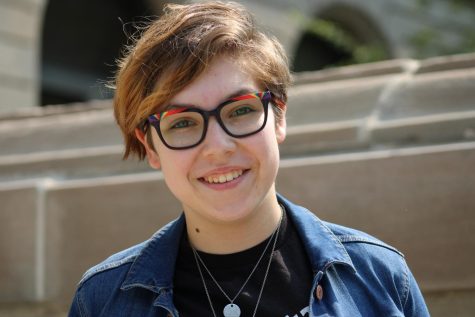
HI, my name is E Dona-Munoz, and my pronouns are they/them/theirs. I am a senior and this is my first year writing for the Register! I have many old people's...




